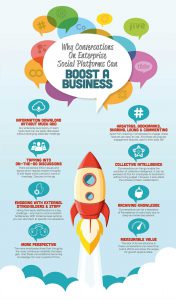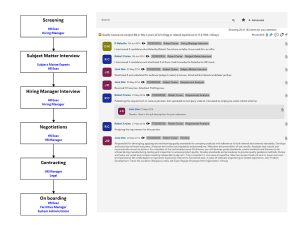Case Study – How Release Management Was Done ‘BEFORE’ Using A Collaboration Tool– Part 1
A collaboration tool is as good as its fit. The fit unfortunately is not a product that is on sale. To achieve a successful collaborative work environment, a good fit needs to be “created’. Some of the considerations are An organisation has to ensure that the tool caters to the existing roles, processes, metrics and work culture. The tool must reflect the fluid work flows in an intuitive way.



